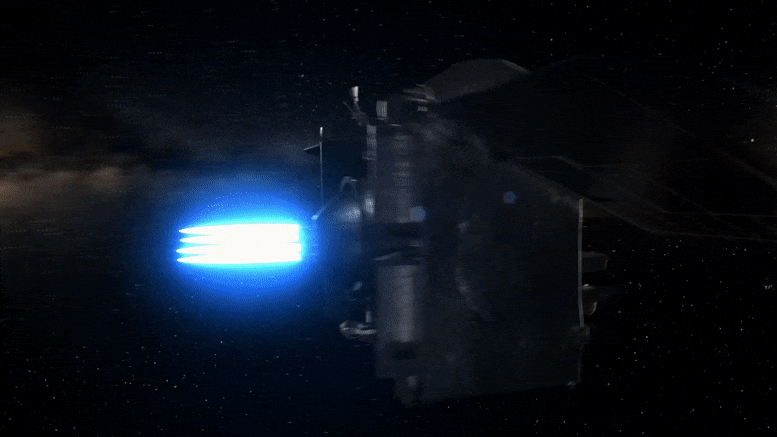
NASA’s OSIRIS-REx spacecraft adjusted its course to ensure the successful return of an asteroid sample to Earth on September 24, before heading to its next mission at asteroid Apophis. Credit: NASA
On September 10, NASA’s OSIRIS-REx spacecraft briefly fired its ACS (attitude control system) thrusters to point itself toward Earth, putting it on course to release its sample capsule, carrying rocks and dust from asteroid Bennu, from 63,000 miles (or 102,000 kilometers) above Earth’s surface on Sunday, September 24.
Yesterday’s trajectory-correction maneuver changed the spacecraft’s velocity about a ½ mph (less than 1 kph) relative to Earth. Without this tiny but critical shift, the spacecraft and its asteroid cargo would have flown past Earth.
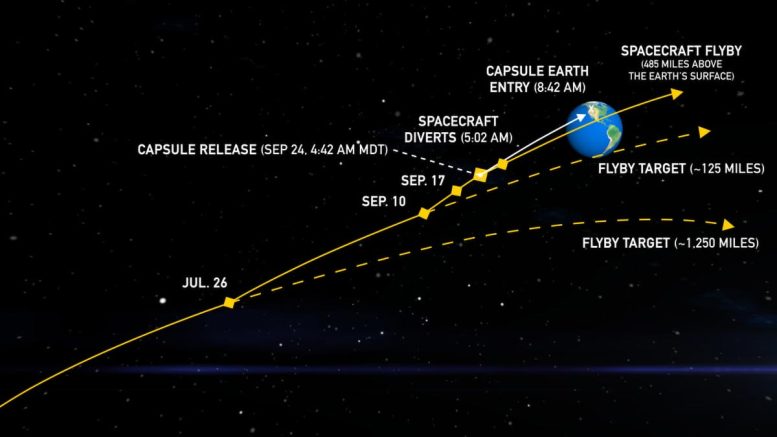
This graphic shows the Earth return trajectory for the OSIRIS-REx spacecraft and for the sample capsule, after the spacecraft releases it above Earth on September 24. The yellow diamonds indicate the dates of spacecraft maneuvers that slightly adjust its trajectory to get it closer, and then pointing at, and then above Earth. Credit: NASA’s Goddard Space Flight Center
But now, the spacecraft is set up to release the capsule to enter the atmosphere just off the coast of California at 8:42 a.m. MDT / 10:42 a.m. EDT.
Traveling at a precise speed and angle, it will land approximately 13 minutes after release in a 36-mile by 8.5-mile (58-kilometer by 14-kilometer) predetermined area on the Department of Defense’s Utah Test and Training Range southwest of Salt Lake City.
Meanwhile, about 20 minutes after releasing the sample capsule, the spacecraft will fire its engines to divert past Earth and onto its next mission to asteroid Apophis: OSIRIS-APEX (OSIRIS-Apophis Explorer).
OSIRIS-REx may fire its thrusters again on September 17 if engineers determine that one final adjustment to its trajectory is necessary before it releases its capsule a week later.
The spacecraft is currently 4 million miles, or 7 million kilometers, away, traveling at about 14,000 mph (about 23,000 kph) toward Earth.
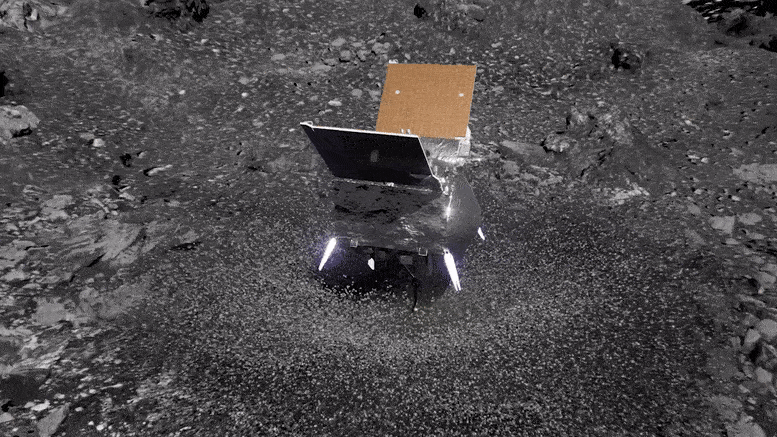
This animation shows NASA’s OSIRIS-REx spacecraft collecting a sample from the surface of asteroid Bennu. Credit: NASA’s Goddard Space Flight Center/CI Lab/SVS
Launched on September 8, 2016, the OSIRIS-REx spacecraft reached its target, asteroid Bennu, on December 3, 2018. After extensive mapping and practice runs, OSIRIS-REx successfully collected a sample from Bennu’s surface during the “Touch-And-Go” (TAG) maneuver on October 20, 2020. After nearly five years in space, NASA’s OSIRIS-REx fired its main engines at full throttle for seven minutes on May 10, 2021, to send it on its way back to Earth with an abundance of rocks and dust from the near-Earth asteroid Bennu. It will return the first U.S. asteroid sample, an estimated 8.8 ounces of rocky material, to Earth on September 24.



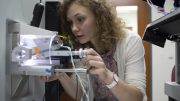

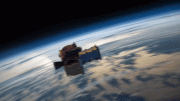
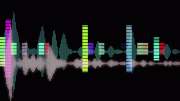


Be the first to comment on "NASA’s OSIRIS-REx Adjusts Course To Target Asteroid Sample Capsule’s Landing Zone"